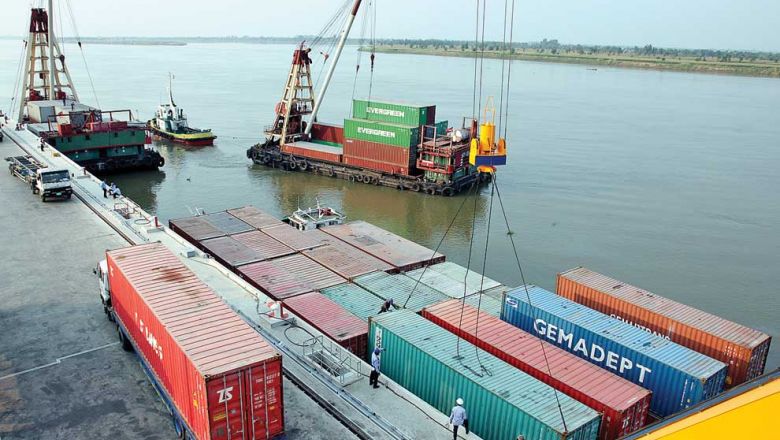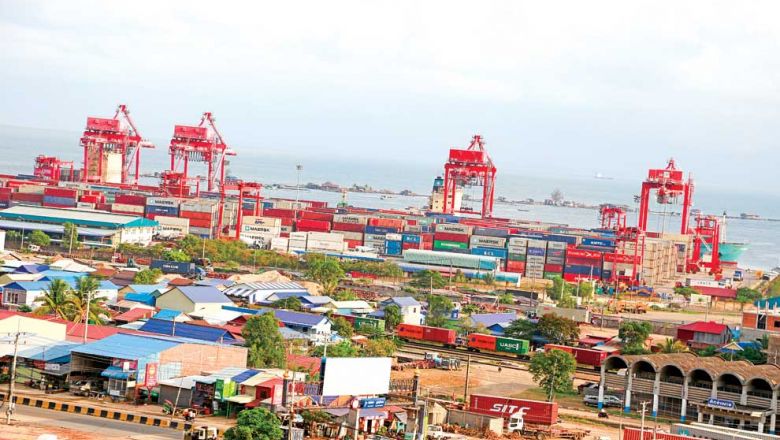Chinese assess investment opportunities in Kampot
Chinese assess investment opportunities in Kampot
A group of Chinese investors are looking for investment opportunities in the seaside province of Kampot, with plans to develop a deep-sea port with potential for tourism, industrial and agricultural sectors.Kampot provincial governor Cheav Tay told The Post on Tuesday that he met about 20 potential Chinese investors who are studying investment opportunities in Kampot, which is close to Preah Sihanouk province that previously received significant investments.
Cheav Tay said Kampot province has already received additional investments in heavy industries like cement-manufacturing and hydropower plants, and light industries such as investments in the first banana farm in Chhouk district and tourism.
“The province has a lot of investment potential, including in tourism sector, industry and agriculture. I asked the Chinese businessmen to invest in the province to promote further development,” he said.
Cambodian Chamber of Commerce vice-president Lim Heng said the Kingdom is benefitting from the Sino-US trade war.
In addition, he said the free trade agreement between Cambodia and China will benefit both parties, and investors cannot overlook this opportunity.
“Since the government decided to shut down online gaming, many new Chinese investors are looking to invest in Cambodia. Supporting the Cambodian segment of China’s One Belt One Road policy has attracted many Chinese and foreign investors to Cambodia,” he said.
As planned, the China-Cambodia Free Trade Agreement is expected to be signed later this year, he said.
Cambodia Association of Travel Agents (Cata) president Chhay Sivlin said Chinese investors are looking into Kampot’s potential as a likely tourism-focused province.
She said Cambodia has the advantage of attracting more tourists from China in the future, even though the sector is currently seriously affected by Covid-19 fears.
“It is a good sign for the tourism sector if the Chinese see the benefit of investing in Kampot. After the Covid-19 situation settles down, we can likely attract more foreign investors,” she said.
Foreign investment data released by the Ministry of Commerce show that China is the leading source of foreign direct investments (FDI) in Cambodia, mainly in the garment, construction, tourism and power generation sectors.
The Ministry of Commerce said Chinese investment flow to Cambodia in 2018 was about $3.594 billion.
Tay said last year, the Kampot province administration, including the town and district administrations issued 238 construction project permit with a total capital investment of more than $3.13 million.
For the fifth consecutive year – from 2013 to 2017 – China was Cambodia’s leading foreign direct investor with capital investments of $5.3 billion, or about $1 billion annually, according to figures from the Council for the Development of Cambodia (CDC).
Findings made in 2016 by the National Bank of Cambodia (NBC) and the National Institute of Statistics (NIS) showed that between 1994 and 2014, China was the biggest investor in Cambodia, accounting for 44 per cent of the total foreign direct investment (FDI), worth $19.2 billion.
Total investment in Cambodia nearly doubled to $6.2 billion in 2017 – up from $3.6 billion in 2016, the data showed.

















